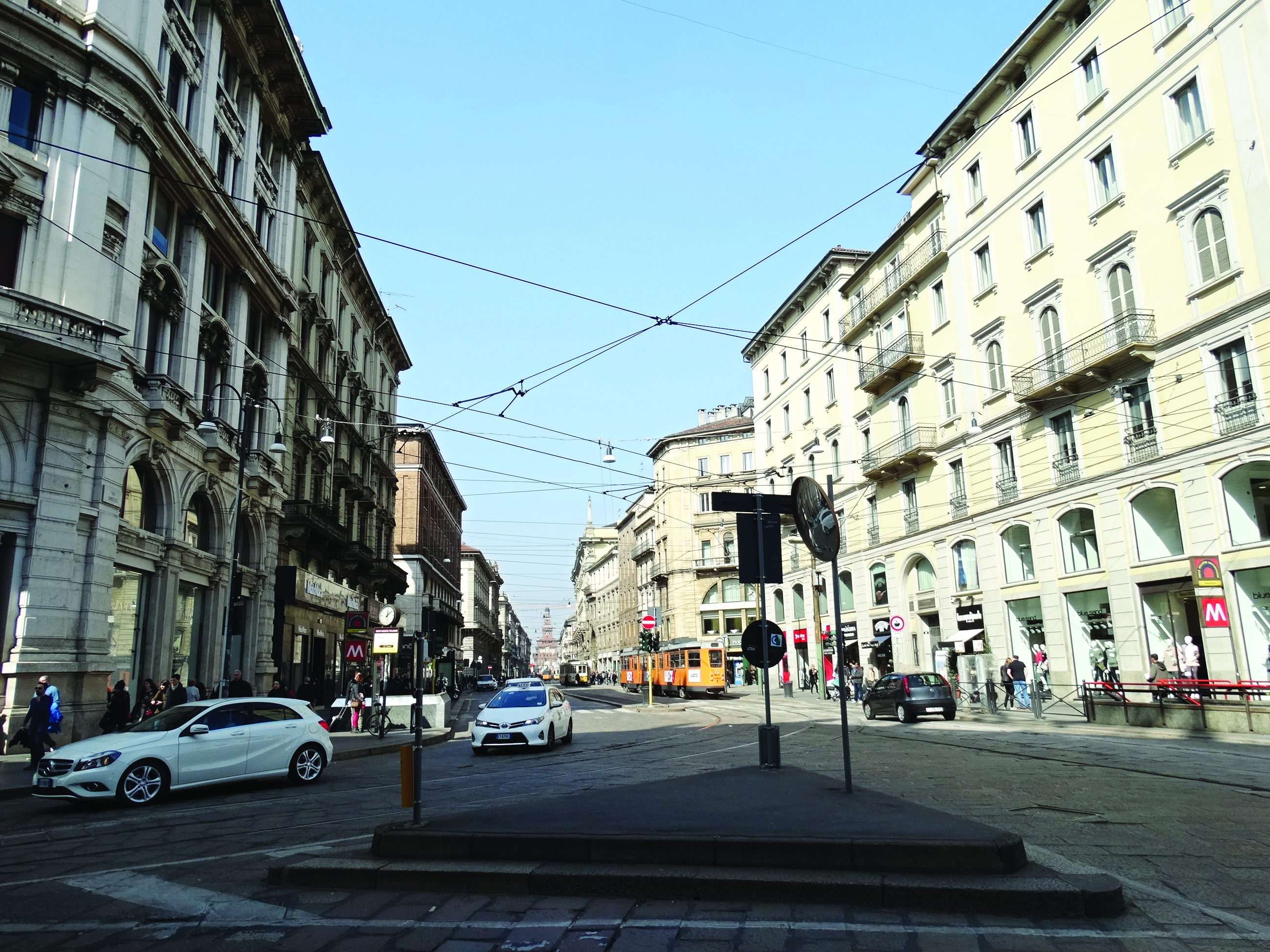Milan: An Exquisite, Alpha Global City
Distinct from the rest of historically charming Italy, Milan, the unrivalled epicentre of design, has its own refreshing texture, architecture, and views, and boasts of a cosmopolitan vibe and breathtaking style

After an awe-inspiring and dreamlike experience in Venice, I embarked on the final leg of my Italian adventure. It has been an incredible whirlwind of non-stop travel to some of the world’s most ancient cities. The epic architecture and irresistible allure of the past left me utterly enchanted. Perhaps, nowhere else does history unfold with such exquisite poetic richness as it does in Italy. As the clock ticked away, I couldn’t help but feel a tinge of sadness, knowing that I would soon bid farewell to this captivating country. But I was determined to bid adieu in style, and that’s when Milan beckoned as my last stopover.
Traveling from Venice to Milan by train was an absolute delight. Stepping off the train, my eyes were immediately drawn to the colossal and imposing roof of Milano Centrale station. It seemed as if the station itself was extending a grand welcome to first-time visitors to this city of style and fashion. King Victor Emmanuel III laid the cornerstone of this station in 1906, apparently without a blueprint. However, due to the economic slump caused by World War I, the construction progress slowed down. It was then that Benito Mussolini, the Prime Minister of Italy at the time, expedited the work, envisioning a grand station that would represent the power of the regime. And so, Milano Centrale, with its annual handling of 120 million passengers, defies the clichéd notion of a railway station façade. Far from being merely a functional transit point, the station is adorned with numerous sculptures in the Art Deco style. As you briskly walk with your luggage towards the exit, you might even mistake it for the grand hallways of a palace!
Milan stands out discordantly from the rest of Italy in its texture, architecture, and views. The city appears to be a grey, flat industrial mega metropolis, seemingly indistinguishable from any other city in desperate need of a scrub. Now, this might sound like an unfavorable description, but after immersing myself in the history and epic architecture that saturates every street of Italy’s other cities, Milan looked refreshingly un-Italian and modernist in many ways. I was told that due to World War II, very little of its historical charm remained. However, Milan compensates with its smart, cosmopolitan vibe and unparalleled style. It holds the esteemed title of being an “Alpha Global City” and is the second most populous city in Italy after Rome. Milan has long been hailed as the fashion capital of the world and the epicentre of design. It serves as a hub for arts, commerce, finance, and is a popular tourist destination boasting of important collections in its museums and art galleries.
During World War II, Milan suffered extensive setbacks from Allied bombing. One of the structures that suffered severe damage was the Galleria Vittorio Emanuele II, Italy’s oldest shopping mall. Designed by architect Giuseppe Mengoni in 1865, this ornate shopping arcade is also known as Milan’s drawing room, making it a haven for shoppers. The galleria’s most striking feature is its magnificent metal and glass roof, crowned with a central dome that leaves visitors in awe. It was the first structure in Italy to utilize metal and glass structurally, rather than solely for decorative purposes. The mosaic-decorated floors depict the signs of the zodiac, and the floor plan resembles the shape of a Latin cross with an octagonal centre. The arcade is a wonderland of multi-brand fashion, with the crème de la crème of luxury retail offering haute couture, jewellery, books, and paintings. Among the shops and restaurants in the galleria, you’ll find historic establishments like Biffi Caffè, founded in 1867 by Paolo Biffi, the monarch’s pastry chef.
Adjacent to the Galleria is one of the largest Gothic churches in the world, the Milan Duomo. Crowned with an extraordinary roof and bristling spires, this architectural gem will leave you utterly transfixed. It’s quite astonishing that it took 500 years to complete such a magnificent structure. However, its construction and maintenance come with a hefty price tag for the organization responsible. The marble used to build the church, sourced from Candoglia, is relatively soft compared to the more commonly used Carrara marble in Italy. Consequently, wear and tear become evident over time, necessitating the replacement of the marble and extensive restoration work.
As much as I craved all things Italian, I was unable to satisfy my appetite with one of Milan’s most coveted experiences: a visit to Leonardo’s “Last Supper” at the convent of Santa Maria delle Grazie, a UNESCO World Heritage site. The ludicrously long waiting list for advance bookings stretched for weeks and months. Disappointed and frustrated by the missed opportunity, I consoled myself with the thought that perhaps this was the perfect excuse to return to Italy and satiate my insatiable appetite for this beautiful country. With a stroke of luck, my journey would start where it had inconclusively ended. Milan, you inspire the world like no other. I will be back soon!
Views expressed are personal




